Halsway's History and Heritage
Since 1965, Halsway Manor, in its present use as the National Centre for Folk Arts, has been welcoming guests of all ages to learn about traditional music, dance, song and craft.
Buildings on the site of Halsway Manor have been part of the Quantock landscape for over a thousand years. Mentioned in the Domesday Book, it has had many different guises: from a rural farmhouse to a grand family home, a shelter for war-time evacuees, a visual art school and now the only residential folk centre in the country. The exterior of the building has changed little since the late 19th century.
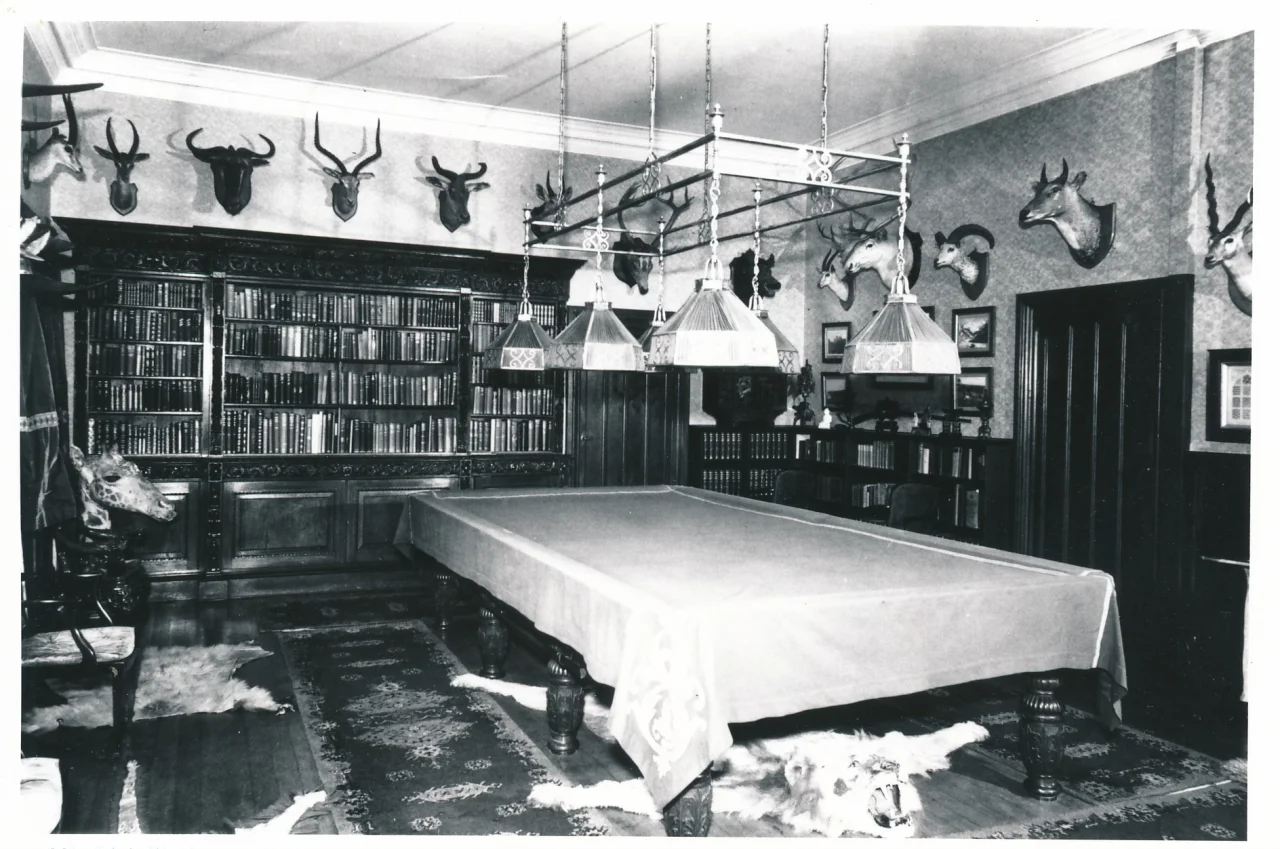
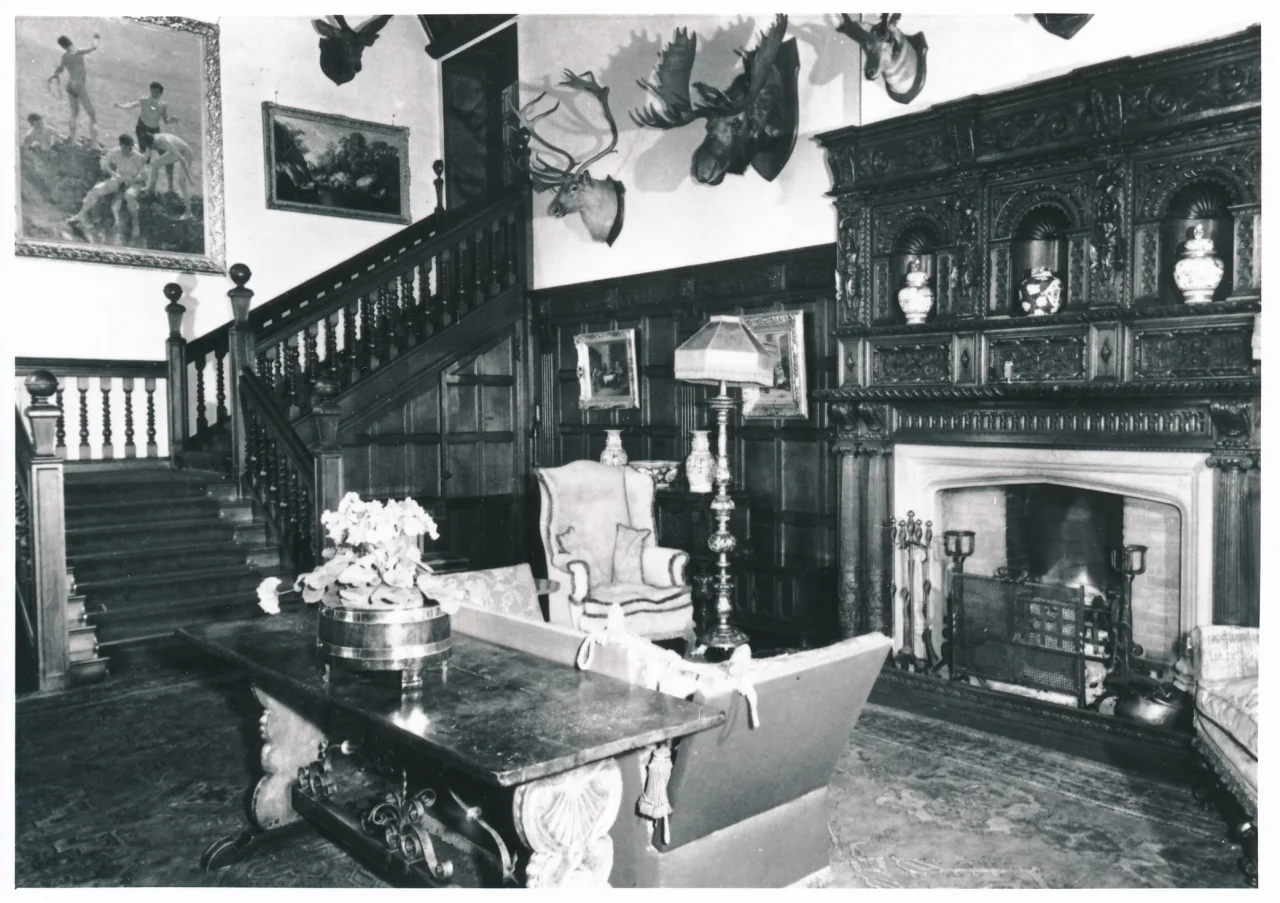
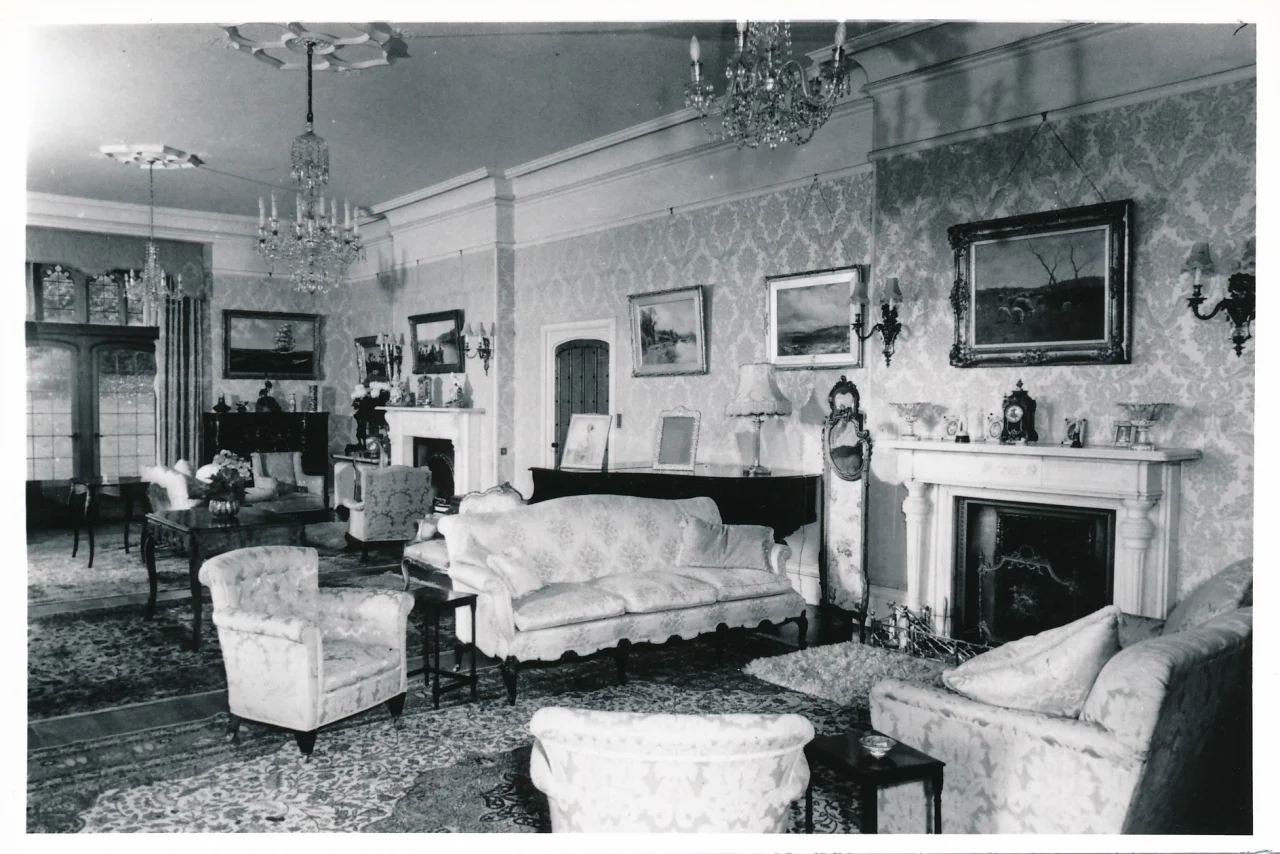
The last time Halsway was used as a family home was between 1938 and 1958 when the Mardon family lived here. Pictures from the period show an opulent lifestyle with animal skin rugs, taxidermy mounted on the walls, and a well-appointed billiard room.
In 1959, when the Mardons departed, the estate was broken up, and the land and estate properties auctioned off. After some misadventures involving an attempt to set up a hotel at the manor, it was sold to Frances Gair Wilkinson, Halway’s last private owner.
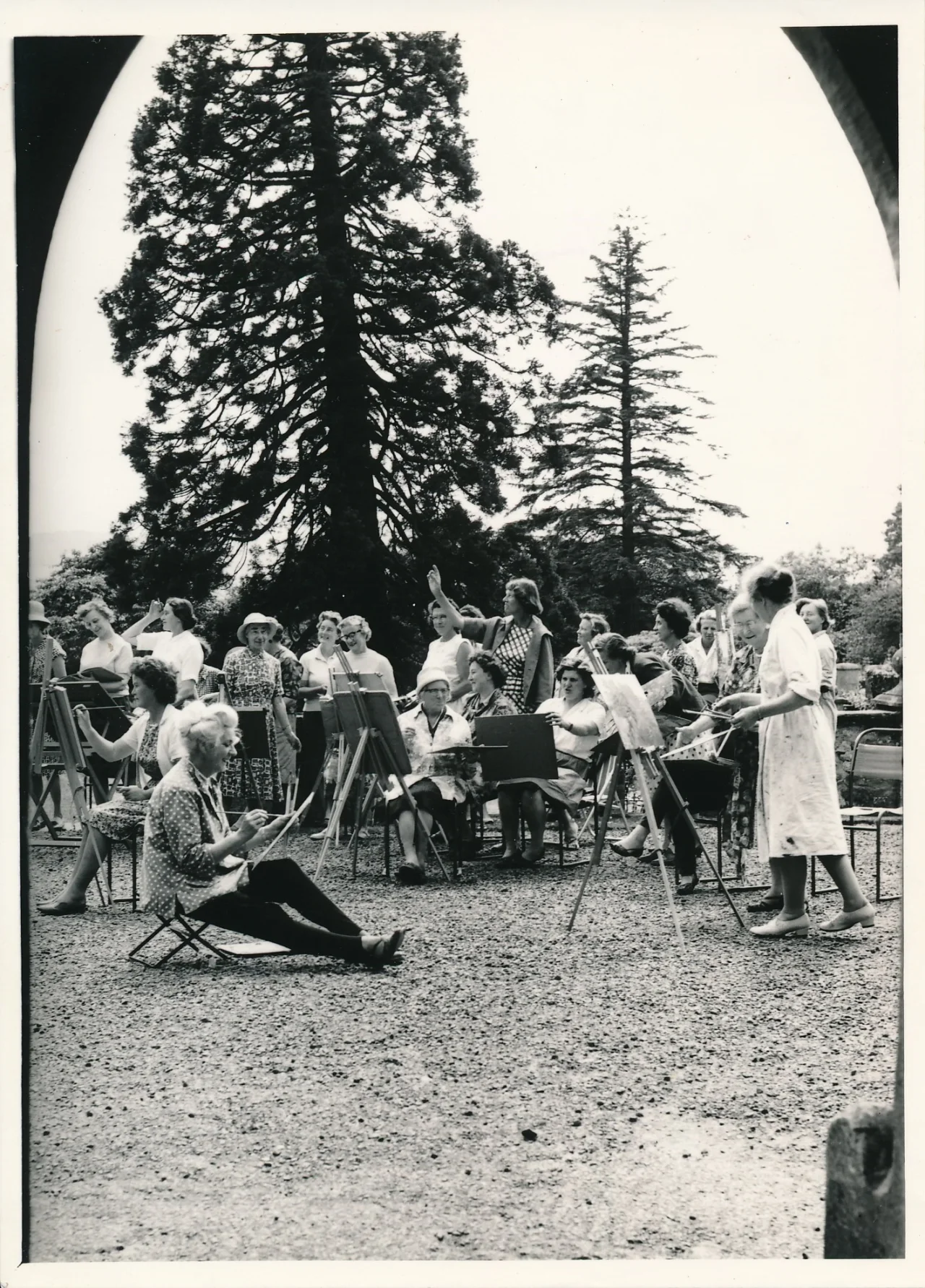
Frances was a visual artist who ran art classes out on the lawns, inspired by her own artistic upbringing travelling around the UK and Europe on a horse-drawn caravan with her puppeteering parents. Francis only owned Halsway for two years, assisted by Donald and Marjorie Hunt (of Huish Champflower) as her as bailiff and secretary. After moving in with her new husband Dusty Miller, she decided to sell up, setting the scene for the house to take on a new artistic life of its own.
Halsway Manor began its transformation into the National Centre for Folk Arts when, in 1964, Donald and Marjorie met Bill Rutter, regional director of the English Folk Dance and Song Society, on a folk-dance holiday in Poland. They told him that Frances was moving out of the manor, and she would consider selling the property for a very reasonable price if it were to be used for artistic and creative purposes. The rest, as they say, is history, and £10,000 later, the home of folk was created.
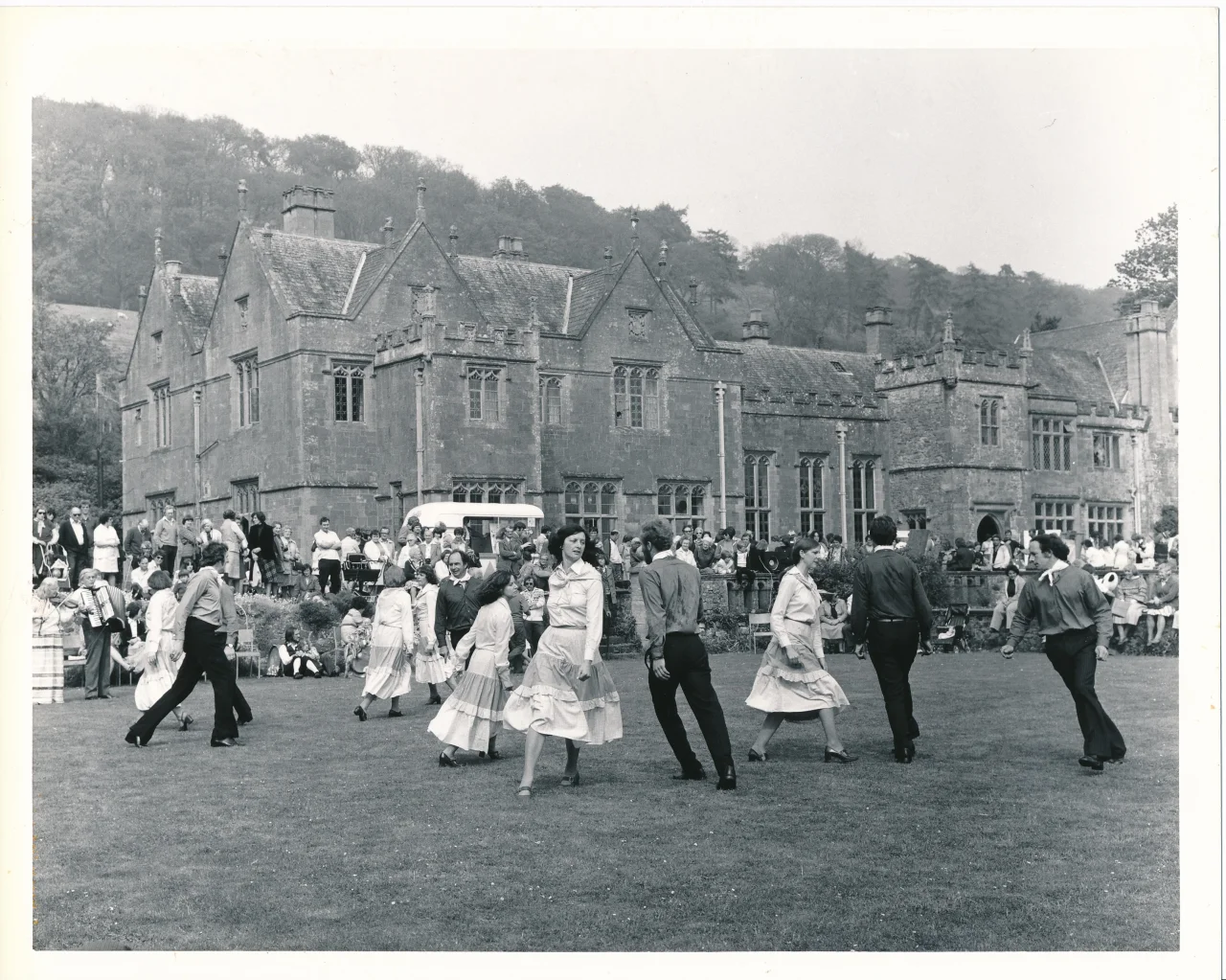
Since the mid-1960s, Halsway has been an enduring part of the local and national folk landscape. It is a rare thing in today’s financial climate; a self-financing arts organisation, and one which keeps alive our valuable tangible and intangible folk traditions.
If you’re interested in a particular aspect of the Manor’s history, you may find it in Graham Roberts’ publication, The Story of Halsway Manor, reproduced here by kind permission of the author.
A detailed exploration of the history of Halsway Manor, written by Graham Roberts in the 1990s.